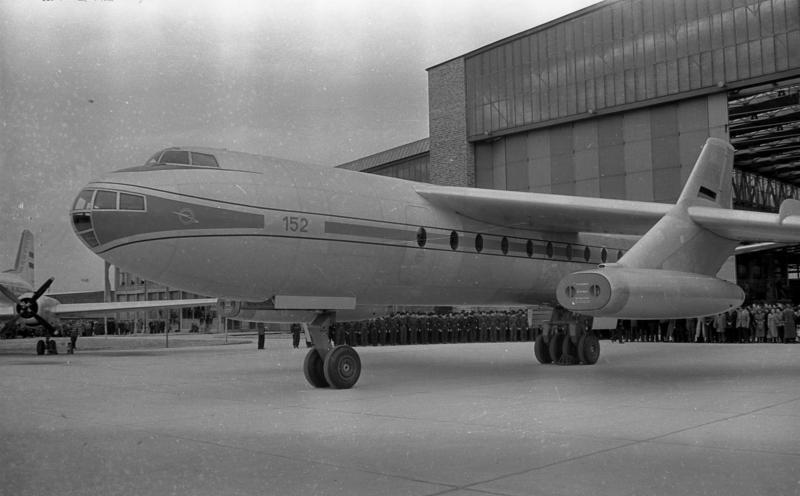- Joined
- 27 September 2006
- Messages
- 6,417
- Reaction score
- 6,819
West Germany in our timeline has since 1951 been a constant pillar in the Western Alliance and a key partner or customer for modern weapons and other secret projects.
What if things had been different and other forms had occured.
German unification along Austrian or Finnish lines as a member neither of NATO or the Warsaw Pact. An unlikely one perhaps but the Soviet Union did offer it to German politicians.
Even less likely, but described in some German language novels, is a scenario where East Germany becomes more successful than West Germany and unification takes place within the Soviet bloc or variant of it.
In 1968 the West suffered a serious upheaval with a young generation questioning its parents' role in the Third Reich and hating US policies in S E Asia and Europe. This might have led to a revolution of the Left.
As ever the device is to look at other weapons and projects from our timeline. Joint German-Russian designs anyone?
What if things had been different and other forms had occured.
German unification along Austrian or Finnish lines as a member neither of NATO or the Warsaw Pact. An unlikely one perhaps but the Soviet Union did offer it to German politicians.
Even less likely, but described in some German language novels, is a scenario where East Germany becomes more successful than West Germany and unification takes place within the Soviet bloc or variant of it.
In 1968 the West suffered a serious upheaval with a young generation questioning its parents' role in the Third Reich and hating US policies in S E Asia and Europe. This might have led to a revolution of the Left.
As ever the device is to look at other weapons and projects from our timeline. Joint German-Russian designs anyone?

